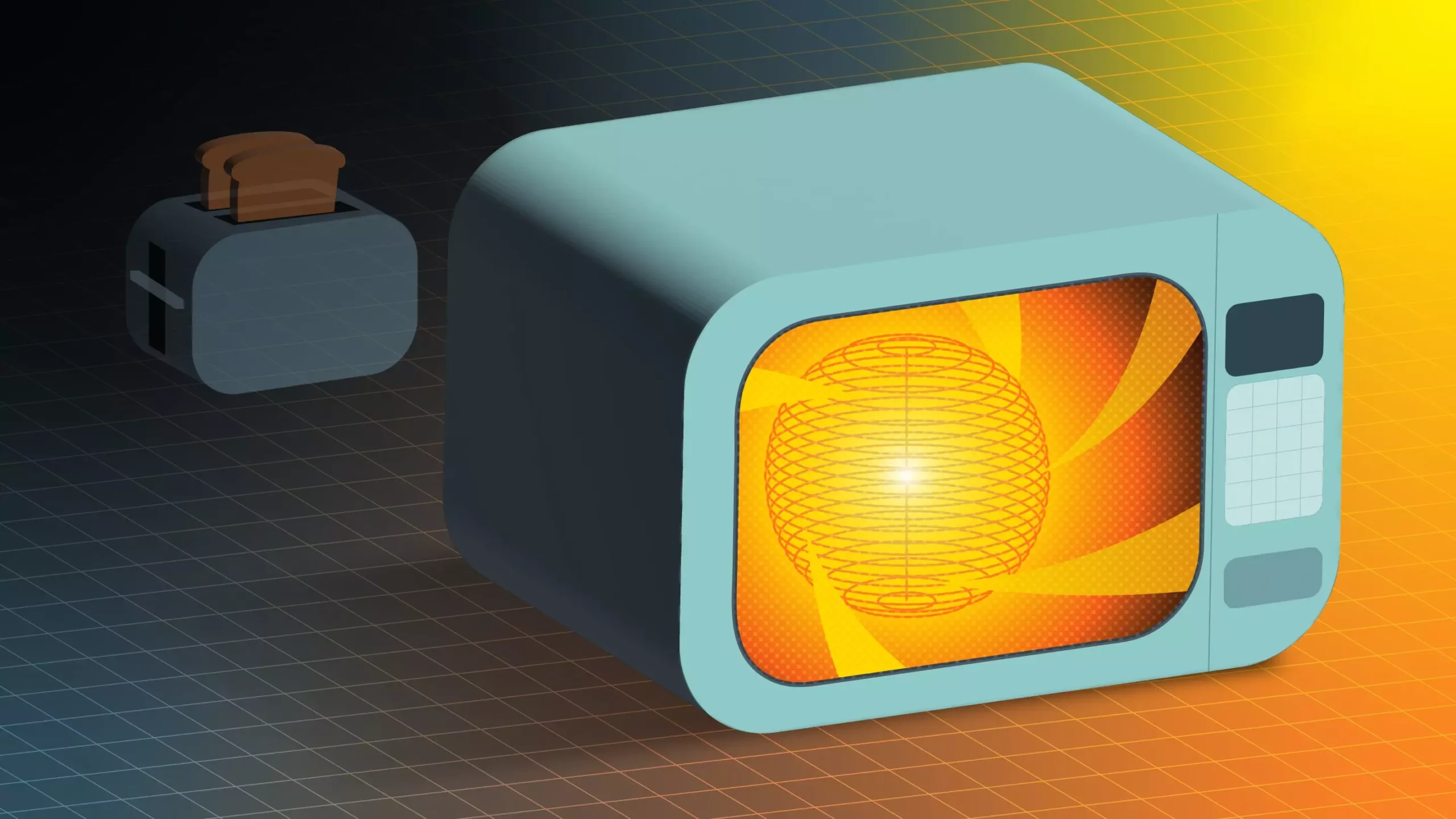The quest for sustainable and nearly limitless energy sources continues to drive scientific innovation, and among the most promising avenues is nuclear fusion. It has long been heralded as the Holy Grail that could, someday, power the world without the harmful emissions that accompany fossil fuels. In a significant twist, recent developments suggest that the future of fusion in the United States may lie in compact, spherical fusion vessels—essentially smaller tokamaks. This shift in perspective presents not only a technological revolution but also a more economically viable model for producing fusion energy.
The core idea behind compact tokamaks is their ability to streamline fusion processes into a more manageable form. This is equivalent to downsizing traditional energy-producing methods—like converting a full-sized kitchen into a compact one—without sacrificing quality. Traditional tokamaks are complex and require heavy components such as massive coils and intricate systems for heating plasma. However, recent research from the U.S. Department of Energy’s Princeton Plasma Physics Laboratory (PPPL), Tokamak Energy, and Kyushu University in Japan suggests that a new, more elegant solution is at hand.
Eliminating Conventional Complexities
One groundbreaking suggestion is to forgo the ol’ faithful ohmic heating system, which functions similarly to the heating mechanism in household appliances like toasters. The conventional approach is cumbersome and makes the design of compact tokamaks unnecessarily complicated. Masayuki Ono, a key researcher involved in this initiative, describes that without an ohmic heating coil, constructing a compact tokamak becomes simpler and cheaper.
This is not just technical jargon; it indicates a move toward making fusion technology more accessible. By leveraging microwaves generated by gyrotrons, researchers are proposing a method of heating plasma that not only conserves space but also reduces costs. These gyrotrons essentially function like powerful microwaves that activate the electrons—a critical step in heating plasma effectively. While this innovative idea is promising, executing it requires meticulous planning and simulation to optimize the efficiency of the heating process.
The Complexity of Heating Plasma
Heat management is an intricate dance in the world of plasma physics. The research reveals the necessity of understanding and modeling several heating scenarios to maximize efficiency and minimize energy loss. Jack Berkery from the NSTX-U has emphasized that any energy fed into the plasma must stay there; otherwise, it defeats the purpose of efficient fusion generation. Key challenges include avoiding unnecessary reflections of microwaves and maximizing the input power’s effectiveness for actual plasma heating.
Researchers are utilizing advanced computer modeling techniques—specifically, codes like TORAY and TRANSP—to maximize heating effectiveness. They are analyzing parameters to optimize microwave angles for maximal penetration and energy absorption, adding another layer of sophistication to an already complex field.
A further exploration into heating modes reveals that two distinct methodologies—ordinary mode (O mode) and extraordinary mode (X mode)—serve unique purposes. O mode is efficient for maintaining a high-temperature plasma, whereas X mode proves superior during the ramp-up processes. This acute understanding of operational phases in fusion heating is pivotal for ensuring that plasma temperatures remain stable and conducive to fusion reactions.
Navigating Plasma Impurities
However, the innovations in heating systems introduce another challenge: managing plasma impurities. The presence of elements with high atomic numbers can drastically cool the plasma, hampering its efficiency. As the head of the Advanced Projects Department at PPPL, Luis Delgado-Aparicio notes, the influx of impurities from surrounding materials poses a significant risk to the success of the compact tokamak.
This concern does not merely pertain to design; it requires strategic operational planning. Flawless execution in maintaining plasma purity is crucial, especially in the early heating phases of the process. To this end, careful consideration must be given to reactor materials, specifically limiting the introduction of elements that can significantly degrade performance.
Collaboration and Future Endeavors
The journey towards optimizing the compact spherical tokamak is part of a larger strategy under the Spherical Tokamak Advanced Reactor (STAR) initiative—aimed at developing a pilot power plant. The collaboration between national laboratories and private entities like Tokamak Energy signals an exciting future for commercial fusion projects. This union stands to benefit not only from the rich pool of expertise at PPPL but could also pave the way for rejuvenating fusion research in the U.S.
A shared anticipation surrounds upcoming experimental comparisons between simulations and real-life applications, particularly as Tokamak Energy prepares to test these innovative heating systems in their facilities. A culture of collaboration and agile adaptation within the field may well define the next significant leap toward achieving viable fusion energy—a pooling of knowledge that could represent newfound hope for our energy future.

